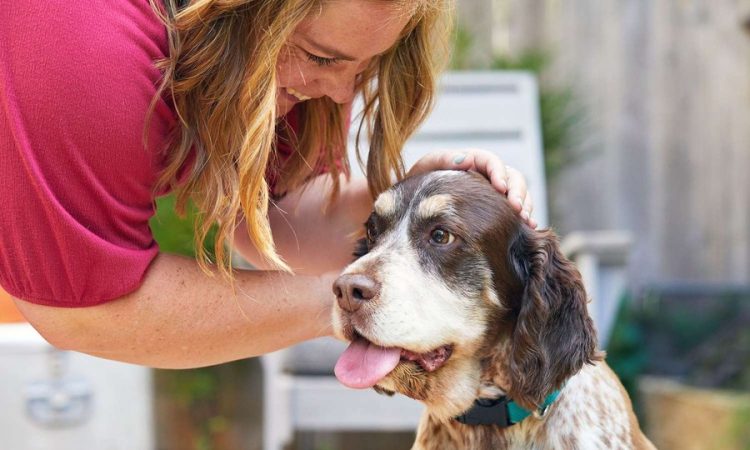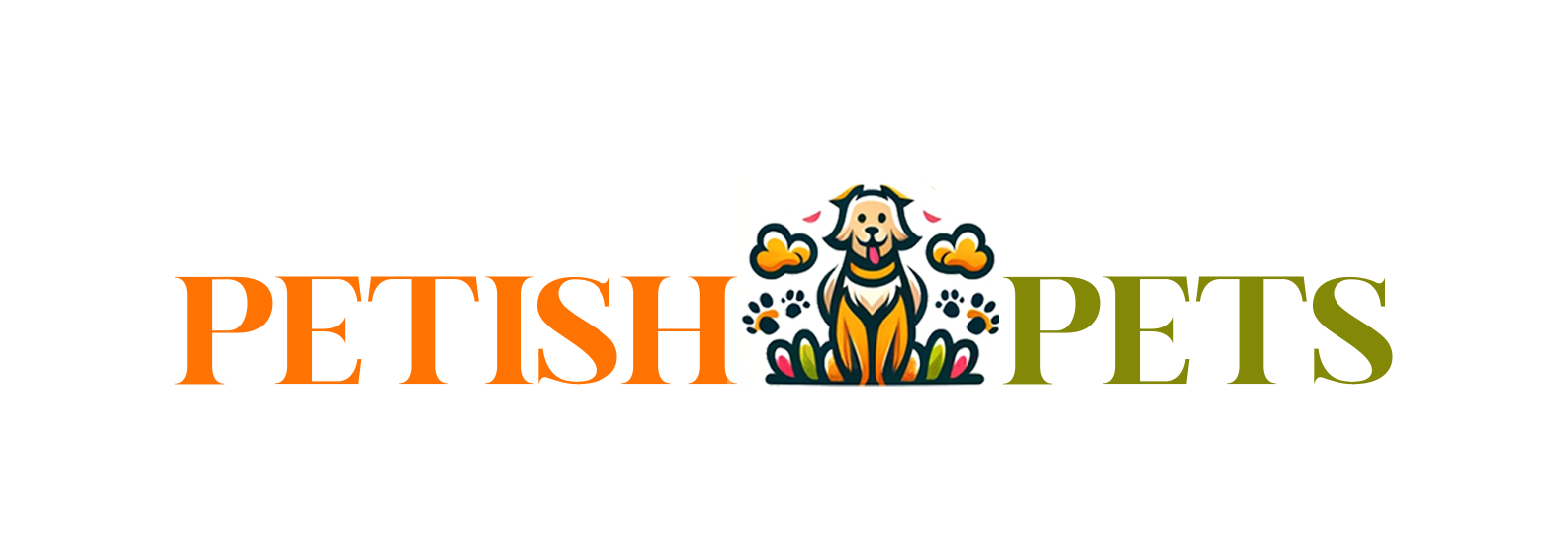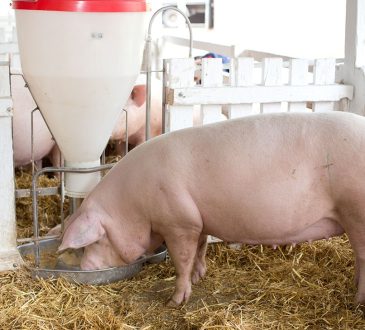
A clean home is a haven for both pets and their owners, but maintaining that cleanliness can feel like an uphill battle. The solution to a tidy space may lie in effective pet behavior training. Understand the connection between a trained pet and a clean house, and discover how this relationship transforms your living space into a more enjoyable environment.
The Messy Reality: Statistics on Pet-Related Household Messes
Many pet owners face daily challenges related to messes in their homes. Research shows that:
- Approximately 60% of pet owners report dealing with frequent accidents in their living spaces.
- Chewing and scratching can lead to damaged furniture in 50% of households with pets.
- 70% of owners struggle with maintaining cleanliness due to pet hair and odor.
These statistics highlight the importance of addressing behaviors that contribute to household chaos.
The Untapped Potential: How Training Tackles the Root of the Problem
Training your pets can significantly reduce the messes they create. By teaching proper behaviors, you address the root causes of these issues.
- Effective training reduces accidents and encourages good habits.
- A well-trained pet is less likely to chew on furniture or scratch up carpets.
- Engaging in pet trainingsessions strengthen the bond between you and your pet, making for a happier home.
Setting the Stage: The Benefits of a Clean and Organized Home for Both Pet and Owner
A clean home benefits everyone. Not only does it provide a relaxing atmosphere, but it also contributes to:
- Enhanced mental well-being for owners.
- A healthier environment for pets, reducing allergies and irritations.
- Easier management of pet care routines.
Investing time in behavior training improves the quality of life for all family members.
Understanding the Behavioral Roots of Messes
Identifying Problem Behaviors
Common destructive behaviors include:
- Chewing:Often due to boredom or anxiety.
- Digging:Instinctive behavior found in many breeds.
- Scratching:Typically, a way to mark territory or relieve stress.
The “Why” Behind the Mess
Unwanted behaviors often stem from underlying issues, such as:
- Medical problems:Pain or discomfort can lead to destructive actions.
- Emotional challenges:Anxiety or fear can prompt harmful habits.
- Environmental factors:A lack of stimulation or safe space can result in messes.
Addressing Underlying Issues
Understanding these factors is crucial. Consult a veterinarian for medical concerns, and look into environmental adjustments that can help ease your pet’s anxiety.
Effective Training Techniques for a Cleaner Home
Positive Reinforcement
Using rewards to motivate good behavior is one of the most effective techniques. By offering treats or praise when your pet behaves well, you encourage them to repeat those actions.
Consistency and Patience
Training requires a steady approach. Set regular schedules for training sessions and maintain the same commands and signals. This consistency helps your pet learn better.
Managing Resources
Control access to tempting items, and provide environmental enrichment through:
- Puzzle toys.
- Interactive games.
- Safe chew items.
These strategies keep pets engaged and less likely to explore destructive behaviors.
House Training and Hygiene
Potty Training Success
A clean and comfortable home begins with effective potty training. Establish a routine that includes:
- Regular potty breaks.
- A designated area for bathroom needs.
Preventing Accidents
Utilize crate training and scheduled breaks to minimize accidents. Ensure your pet knows where they should go, making it easier for them to follow the rules.
Maintaining Potty Training
Keep a routine to prevent regression, and be prepared for unexpected situations with cleaning supplies handy. Consistency is key to long-term success.
Tackling Destructive Behaviors
Chewing and Biting
Redirect undesirable chewing to appropriate toys. Offer a variety of textures to keep your pet interested while preventing damage to your belongings.
Digging and Scratching
Provide designated areas for these instinctive behaviors. For instance, a designated digging box or scratching post can satisfy your pet’s natural urges without creating messes at home.
Managing Messes
Combat messes by implementing effective cleaning techniques. Use pet-safe products to maintain hygiene without harming your pet.
The Role of Environmental Enrichment
Stimulation and Exercise
Prevent boredom, which can lead to destructive tendencies. Regular exercise and playtime stimulate your pet physically and mentally.
Providing Appropriate Outlets
Invest in:
- Chew toys that are safe and durable.
- Scratching posts designed for your pet’s needs.
- Interactive games to engage their minds.
Creating a Safe and Secure Space
A comfortable environment minimizes stress. Ensure your pet has a designated space where they feel secure, reducing the likelihood of unwanted behaviors.
Conclusion: A Clean Home, a Happy Pet, and a Happier You
Key Takeaways
- Proper training leads to a cleaner living environment.
- Understanding your pet’s behavior helps in addressing the root causes of messes.
- An organized space enhances the well-being of pets and owners alike.
Long-Term Benefits
Investing time in behavior training pays off with long-term benefits, including a more harmonious household and improved pet health. A well-trained pet is a joy to have around.
Final Thoughts
The journey to a cleaner home begins with training your pet. Start today, and watch your living space transform into a tidy and happy sanctuary for everyone.




